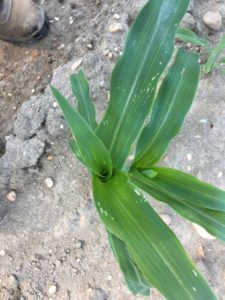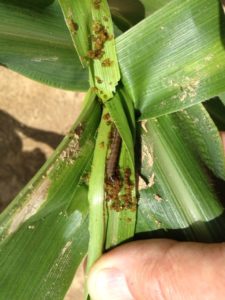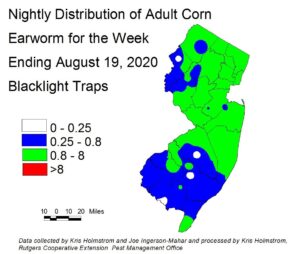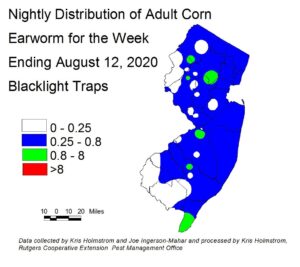Monday, August 31, 2020 07:00 PM
And
Tuesday, September 1, 2020 07:00 PM
For more information see: https://agritourism.rutgers.edu/training/
The Rutgers Cooperative Extension Agritourism Working Group developed considerations to assist NJ farmers with agritourism operations on their farms during the COVID-19 pandemic. This document is designed to help operators manage strategies for compliance with State executive orders and federal/state/local safety guidelines. The team will host 2 webinars on 8/31 and 9/1 at 7:00PM to discuss the considerations and provide an opportunity for farmers with agritourism operations to network
To Participate:
Click the link below. We suggest visiting at least 10 minutes before the session start time to confirm system requirements
https://go.rutgers.edu/sfk96jlp
Or participants can join in by phone:
1-646-558-8656
Meeting ID: 912 2343 8378
For more events hosted by Rutgers see: https://events.rutgers.edu/njaes/




